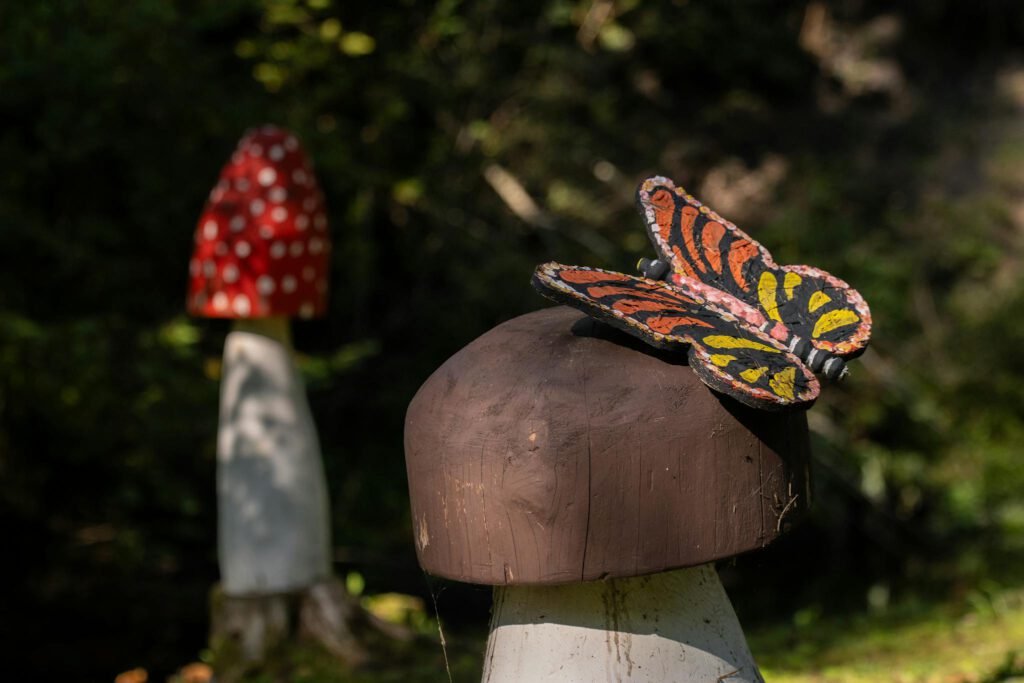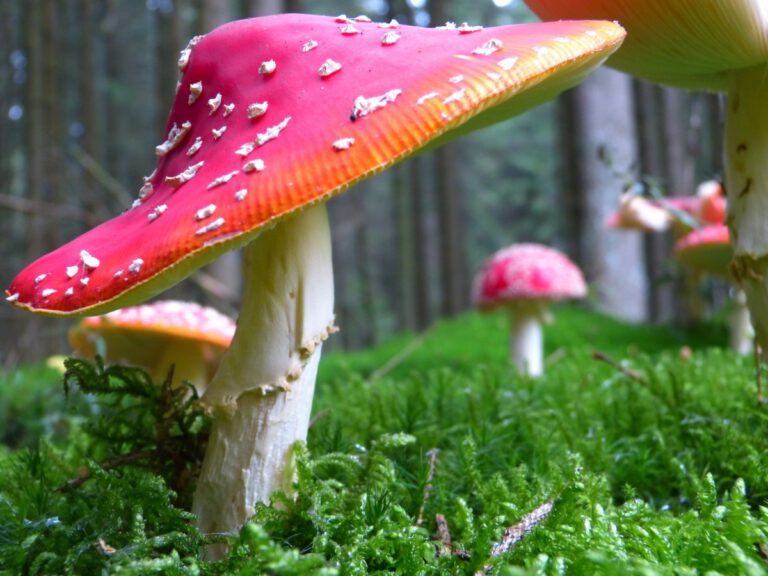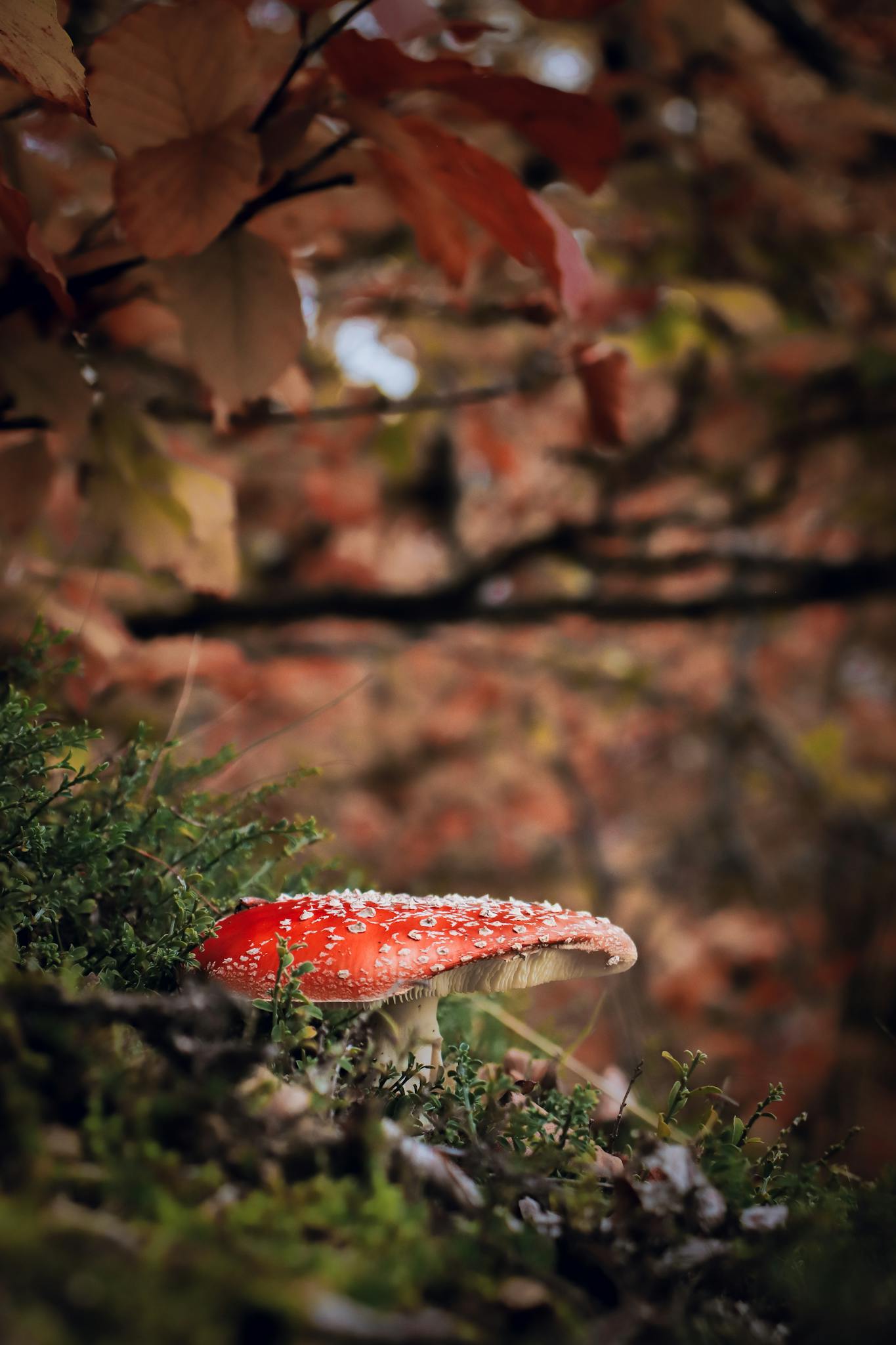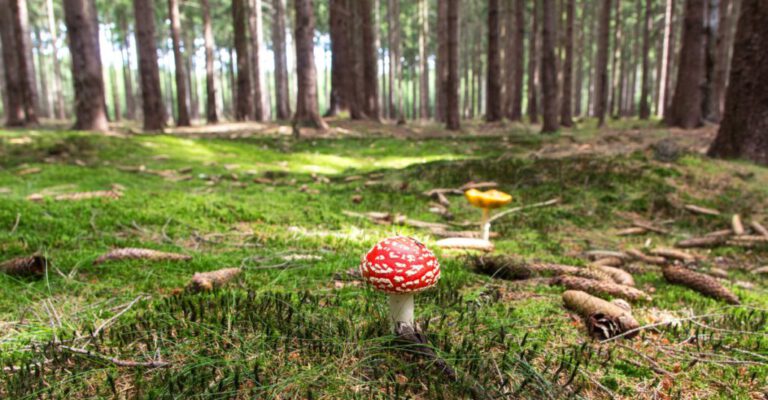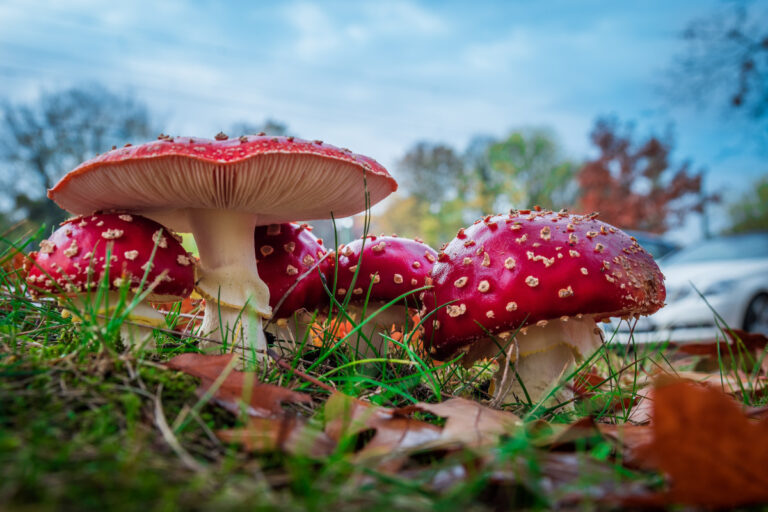Microdosing Amanita muscaria: Stories From Those Who Tried
Introduction
In recent years, the bright red cap of the Amanita muscaria mushroom has stepped out of fairy tales and into conversations about personal growth. While this mushroom is best known as the “fly agaric” of European forests, today people across the world are experimenting with microdosing it—taking very small amounts with the hope of subtle benefits, without falling into the disorienting effects of a full dose.
Those who share their experiences online often describe the mushroom as a curious ally. Many report reduced anxiety, a sense of calm, and a gentler mood throughout the day. Some say that their sleep improves, with more vivid and memorable dreams, while others claim it helps them recover from stress. There are accounts of enhanced creativity, better focus, and a stronger connection to nature—like noticing details in the forest that previously slipped by unnoticed.
One common thread is the sense of a softer inner landscape. Unlike the intensity of psilocybin or LSD, Amanita in microdoses is described as grounding rather than expansive. For some, it feels like tuning into an ancient rhythm, a quiet undercurrent that brings body and mind into balance. A few even compare it to a natural form of meditation, with less restlessness and more patience for daily challenges.
Yet the stories also include cautionary notes. Not everyone finds the practice pleasant. Some report nausea, stomach discomfort, or grogginess, especially when the dose creeps too high. Others describe moments of confusion or a “strange headspace” that feels neither fully sober nor clearly visionary. The line between a helpful microdose and an unsettling experience can be thin, and because each mushroom varies in potency, preparation is unpredictable.
Experimenters often emphasize the importance of starting small, drying the mushroom carefully, and listening closely to the body. Some prepare tinctures or teas; others prefer capsules with precise measurements. Still, even careful approaches cannot remove the underlying risk: Amanita muscaria contains psychoactive compounds that can be toxic in larger amounts, and its chemistry varies widely depending on region and season.
What these experiences show is not a simple miracle cure, but a complex plant teacher that demands respect. Microdosing Amanita muscaria remains an uncharted path—fascinating for those drawn to ancient traditions, but not without hazards. Until science catches up with systematic studies, the best guidance comes from a blend of caution, humility, and an honest sharing of stories.
In the end, the mushroom continues to stand at the edge of myth and medicine: a striking symbol of myster and possibility in the forest floor beneath our feet.
